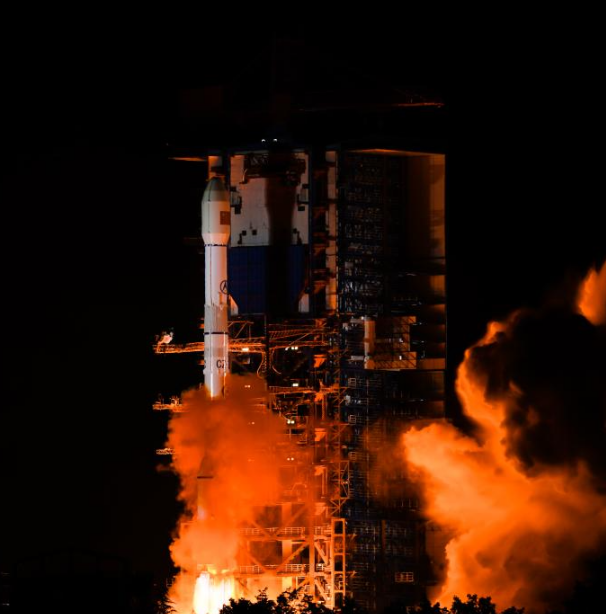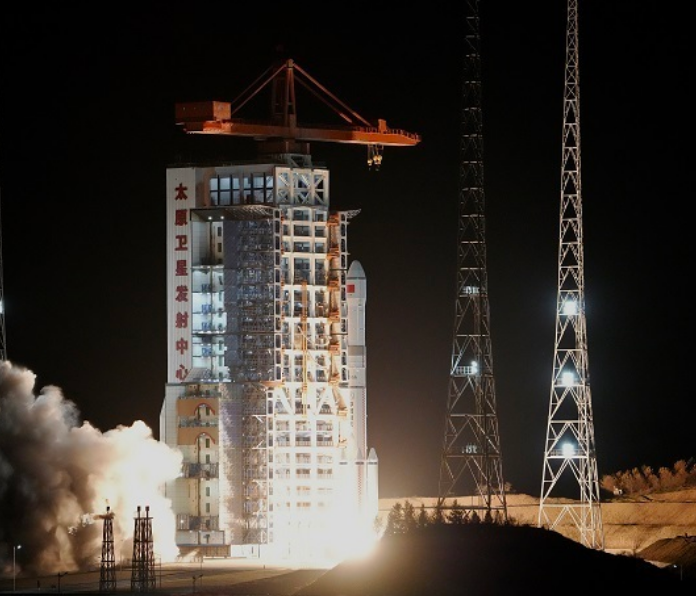03
2023-07
Mr. Christian Feichtinger, Executive Director of the International Astronautical Federation, will participate in the Grand Opening Ceremony
The International Astronautical Federation (IAF), founded in 1951, is a non-profit, non-governmental organisation with 468 members from 75 countries, including various governmental organisations, research institutes, museums, industrial and professional associations, and academic groups. Hong Kong Aerospace Technology Group (HKATG) is the first Hong Kong member of the IAF.
The Grand Opening Ceremony for the “Hong Kong Satellite Manufacturing Centre” and “Hong Kong Satellite Operation Control and Application Centre” of ASPACE is scheduled to take place at the Advanced Manufacturing Centre (AMC) of Hong Kong on 25 July 2023, the headquarters of HKATG where the Centres are located. Mr. Christian Feichtinger, Executive Director of the IAF, will join the event.
Mr. Christian Feichtinger will have an on-site visit to HKATG's Satellite Manufacturing Centre and the Satellite Operation Control and Application Centre, including the Assembly, Integration and Testing (AIT) facilities, Telemetry, Tracking and Command (TT&C) Centre, and the Satellite Data Application Centre. Mr CHRISTIAN FEICHTINGER will also discuss potential collaboration and prospects with HKATG to see how HKATG's satellite facilities, technologies and applications can benefit the world's space industry.
At present, the global demand for satellite manufacturing is increasing. The satellite manufacturing industry, key satellite technologies, satellite launch services, satellite testing and operation control technology, and satellite data have become essential components of commercial aerospace. The grand opening of the ASPACE Hong Kong Satellite Manufacturing Centre and the TT&C Centre is of great significance for actively promoting the development of the global space industry and promoting global high-tech development and innovation.
-
29
2025-05

Tianwen-2 Mission Launched Successfully
At 1:31 AM today, China successfully launched the Tianwen-2 planetary exploration probe from the Xichang Satellite Launch Center using the Long March-3B Y110 carrier rocket.
-
13
2025-05

Communication Technology Experiment Satellite No. 19 Successfully Launched
At 2:09 on May 13, China successfully launched the Communication Technology Experiment Satellite No. 19 from the Xichang Satellite Launch Center using a Long March 3B carrier rocket. The satellite smoothly entered its predetermined orbit, and the launch mission was a complete success.
-
12
2025-05

Remote Sensing Satellite No. 40, Group 02, Successfully Launched
On May 11 at 21:27, China successfully launched the Remote Sensing Satellite No. 40, Group 02, from the Taiyuan Satellite Launch Center using a Long March 6A carrier rocket. The satellite entered its predetermined orbit smoothly, and the launch mission was a complete success.









